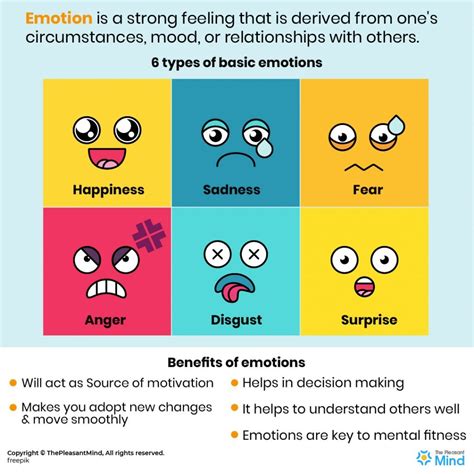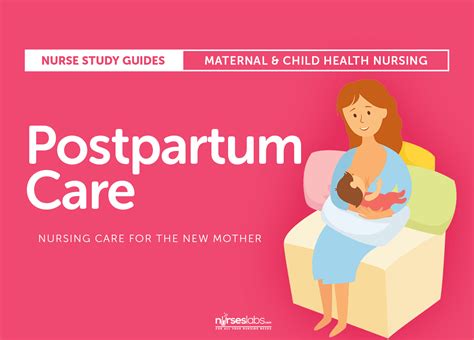Intro
Navigate the final stretch with our comprehensive Third Trimester Pregnancy Guide, covering symptoms, fetal development, and preparation for childbirth, including labor signs, breastfeeding, and newborn care.
The third trimester of pregnancy is a critical and exciting period for expectant mothers. It is a time of significant growth and development for the baby, and the mother's body is preparing for childbirth. Understanding the physical and emotional changes that occur during this trimester can help women navigate this period with confidence and prepare for the arrival of their baby. As the due date approaches, it is essential to stay informed about what to expect and how to ensure a healthy and safe delivery.
The third trimester, which spans from week 28 to week 40 of pregnancy, is a time of rapid growth and development for the baby. During this period, the baby's lungs, brain, and other vital organs are maturing, and they are gaining weight and fat to prepare for life outside the womb. The mother's body is also undergoing significant changes, including the expansion of the uterus, which can put pressure on surrounding organs and cause discomfort. Despite the challenges, many women find the third trimester to be an exciting and rewarding time, as they prepare to meet their baby and start their new life as a mother.
As the third trimester progresses, women can expect to experience a range of physical and emotional changes. The growing uterus can cause back pain, pelvic pressure, and discomfort, while the increasing levels of hormones can lead to mood swings, anxiety, and fatigue. Additionally, women may experience Braxton Hicks contractions, which are mild and practice contractions that help the uterus prepare for labor. Despite these challenges, there are many things that women can do to stay comfortable and healthy during the third trimester, from maintaining a balanced diet and staying hydrated to engaging in regular exercise and practicing stress-reducing techniques.
Physical Changes During the Third Trimester

Some common physical changes that women may experience during the third trimester include:
- Back pain and pelvic pressure
- Heartburn and indigestion
- Shortness of breath and difficulty breathing
- Swelling in the feet and ankles
- Changes in skin, hair, and nails
- Braxton Hicks contractions
- Fatigue and mood swings
Managing Physical Discomfort
Managing physical discomfort during the third trimester requires a combination of self-care, lifestyle modifications, and medical interventions. Women can start by maintaining a balanced diet, staying hydrated, and engaging in regular exercise, such as prenatal yoga or swimming. They can also practice stress-reducing techniques, such as meditation or deep breathing, to help manage anxiety and fatigue. Additionally, women can use comfortable clothing, supportive bras, and maternity belts to help alleviate back pain and pelvic pressure.Emotional Changes During the Third Trimester

Some common emotional changes that women may experience during the third trimester include:
- Mood swings and irritability
- Anxiety and fear about the future
- Fatigue and emotional exhaustion
- Excitement and anticipation about meeting the baby
- Feelings of overwhelm and uncertainty
Coping with Emotional Changes
Coping with emotional changes during the third trimester requires a combination of self-care, social support, and professional interventions. Women can start by practicing stress-reducing techniques, such as meditation or deep breathing, to help manage anxiety and fatigue. They can also connect with loved ones, join support groups, and seek counseling to address feelings of overwhelm and uncertainty. Additionally, women can prioritize self-care activities, such as reading, walking, or spending time in nature, to help promote emotional well-being and prepare for the challenges of motherhood.Prenatal Care During the Third Trimester

Some common topics covered in prenatal care during the third trimester include:
- Fetal monitoring and growth assessment
- Group B strep screening and treatment
- Blood tests and screening for gestational diabetes
- Breastfeeding education and support
- Childbirth education and preparation
Preparing for Childbirth
Preparing for childbirth is an essential part of prenatal care during the third trimester. Women can start by learning about the different types of childbirth, such as vaginal delivery, cesarean section, and assisted delivery. They can also practice breathing techniques, such as Lamaze or Bradley method, to help manage pain and anxiety during labor. Additionally, women can create a birth plan, which outlines their preferences for labor, delivery, and postpartum care, and discuss it with their healthcare provider.Postpartum Care and Recovery

Some common topics covered in postpartum care and recovery include:
- Physical recovery and wound care
- Emotional support and mental health
- Breastfeeding education and support
- Newborn care and parenting guidance
- Family planning and birth control options
Supporting New Mothers
Supporting new mothers is essential during the postpartum period. Partners, family, and friends can help by providing emotional support, practical assistance, and respite care. They can also encourage new mothers to prioritize self-care, rest, and nutrition, and seek professional help if they experience any physical or emotional complications. Additionally, new mothers can connect with support groups, online communities, and healthcare providers to address any concerns or questions and receive guidance on breastfeeding, newborn care, and family planning.What are the most common physical changes during the third trimester?
+The most common physical changes during the third trimester include back pain, pelvic pressure, heartburn, indigestion, and shortness of breath. Women may also experience changes in their skin, hair, and nails, as well as swelling in their feet and ankles.
How can I manage physical discomfort during the third trimester?
+Managing physical discomfort during the third trimester requires a combination of self-care, lifestyle modifications, and medical interventions. Women can start by maintaining a balanced diet, staying hydrated, and engaging in regular exercise, such as prenatal yoga or swimming. They can also practice stress-reducing techniques, such as meditation or deep breathing, to help manage anxiety and fatigue.
What are the most common emotional changes during the third trimester?
+The most common emotional changes during the third trimester include mood swings, anxiety, fatigue, and feelings of excitement and anticipation. Women may also experience feelings of overwhelm and uncertainty about the future.
As the third trimester comes to a close, women can feel a sense of excitement and anticipation about meeting their baby and starting their new life as a mother. By understanding the physical and emotional changes that occur during this period, women can navigate this time with confidence and prepare for the challenges of motherhood. We invite you to share your thoughts, experiences, and questions about the third trimester in the comments below. Whether you're a first-time mom or a seasoned parent, your insights and advice can help others feel more informed and supported during this critical period. So don't hesitate to reach out, ask questions, and join the conversation!
